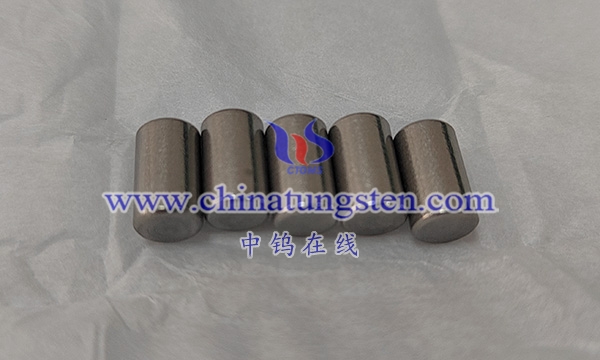The process of generating electrons from the barium tungsten cathode is called Thermionic Emission. This is a phenomenon in which electrons are released from the surface of a material at high temperatures. The basic principle of thermionic emission is as follows:
Thermal Excitation: At high temperatures, the atoms and molecules of solid materials vibrate due to thermal energy. This thermal vibration allows some of the electrons to overcome the surface barrier and jump into the material’s conduction band.
Potential barrier overcoming: There is a potential barrier on the surface of the material, that is, electrons need to overcome a certain energy barrier to escape from the solid surface. The thermal energy provides enough energy to enable some electrons to cross the barrier and thus jump out of the surface.
Electron Release: Once an electron has jumped into the conduction band, it can leave the surface of the material and enter the surrounding space. These released electrons form a flow of electrons, or electric current.
Cathode material: Barium tungsten cathodes are usually made from tungsten alloys, where tungsten is one of the metals with a lower work function (ie, the energy required for electron transitions). This makes it easier for tungsten to release electrons at the right temperature.

More details of barium tungsten electrode, please visit website: http://tungsten.com.cn/barium-tungsten-electrode.html
Please contact CHINATUNGSTEN for inquiry and order of barium tungsten electrodes:
Email: sales@chinatungsten.com
Tel.: +86 592 5129595






